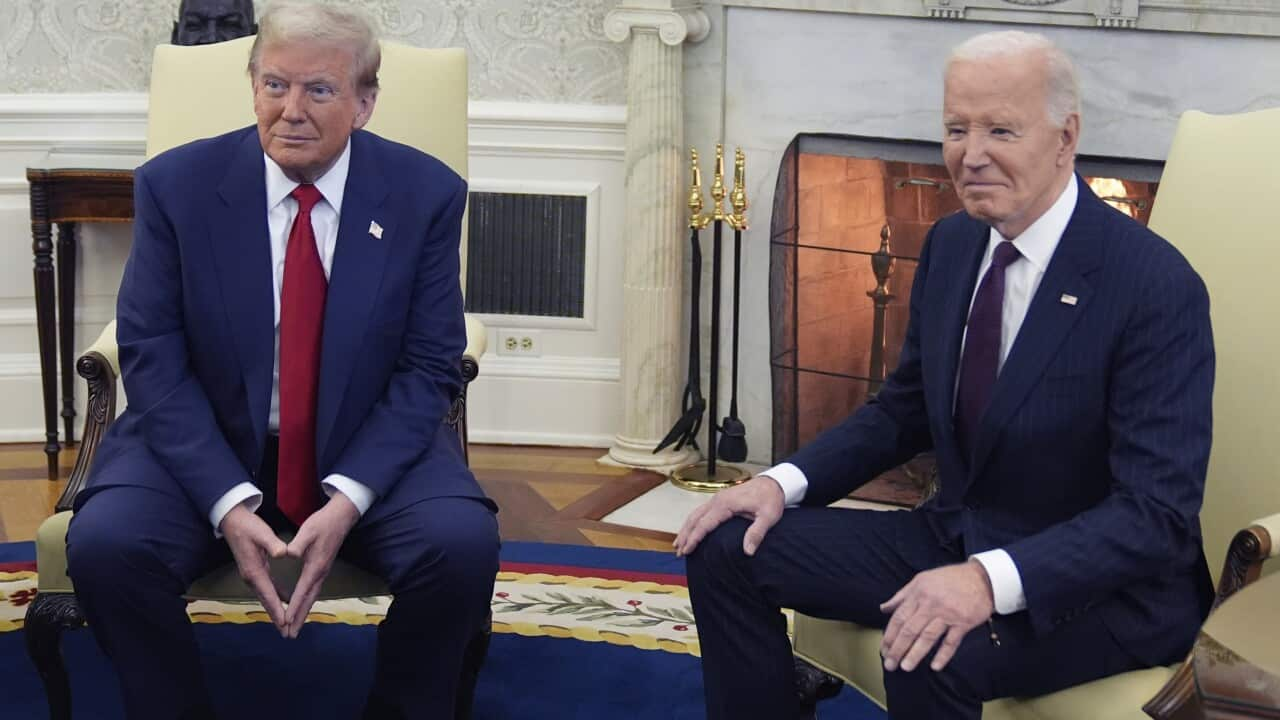Key Points
- Hello Kitty is celebrating its 50th anniversary on 1 November.
- The Japanese pop culture icon has attracted fans of all ages across the world.
- It’s become a symbol of Japanese ‘kawaii’ (cute) culture and soft power, an anthropologist says.
“I try not to keep track (of the the collection’s worth), but it’s probably enough for a house deposit,” she told SBS Japanese.

Victoria’s collection of Hello Kitty memorabilia numbers in the thousands. Credit: SBS
Created by Japanese company Sanrio in 1974, the anthropomorphised white cat with a signature bow has since become a global pop culture icon.
While Victoria first thought her obsession would be just a phase, the character continued to charm her well into adulthood.
My reason for liking Hello Kitty has evolved, just like Hello Kitty has.
Victoria Kyriakopoulos
“The thing that really excites me about Hello Kitty is going overseas and finding items. I like to find items that I wouldn’t normally find in Australia,” she said.
Humble beginnings
Since those humble beginnings, she has appeared on nearly every type of merchandise imaginable, from stationery and clothing to snacks and electronics.

Hello Kitty first appeared on a coin purse in 1974. Credit: SBS
Her likeness has also been emblazoned on the side of buses and shinkansen (Japan’s famous bullet trains).
“For her (Hello Kitty) to last 50 years, it is incredible,” she said.
‘Borderless appeal’
Nobuko Burnfield, a Sydney-based former animator for Sanrio, attributed Hello Kitty’s success to the “innocence and simplicity” of her design.

Former Sanrio staff member Naoko Madokoro with Hello Kitty products she designed (left), and former Sanrio animator Nobuko Burnfield (right). Credit: Naoko Madokoro/Nobuko Burnfield
“Hello Kitty has a borderless appeal — everyone can think of her as their own cat, and she has a way of coming into people’s hearts. When Hello Kitty knocks on the door, anyone will gladly let her in,” she explained.
“When we feel happy, Kitty shares in that joy, and when we’re sad, she comforts us. She’s always there, providing a sense of companionship,” she said.

Hello Kitty has evolved over the years. Credit: PR Times/Sanrio
“Kitty is a character that easily allows for emotional connection and continues to evolve, adapting to changing times and perspectives.”
An icon of ‘Cool Japan’
“(This is) a world that Sanrio developed and exploited,” she said.

Dr Christine Yano is the author of Pink Globalisation: Hello Kitty’s Trek across the Pacific. Credit: Dr Christine Yano
The Japanese government also played a role in Hello Kitty’s success by integrating the character into its ‘Cool Japan’ initiative.
For Victoria, the anniversary is a “once in a lifetime opportunity” for connecting with others who share the same passion.
Listen to SBS Japanese Audio on Tue, Thu and Fri from 1pm on SBS 3.














